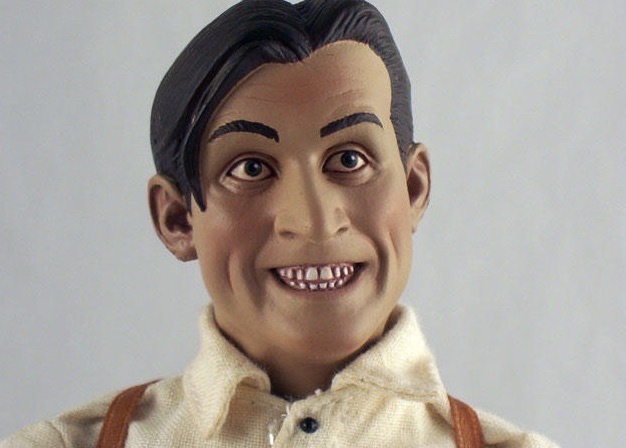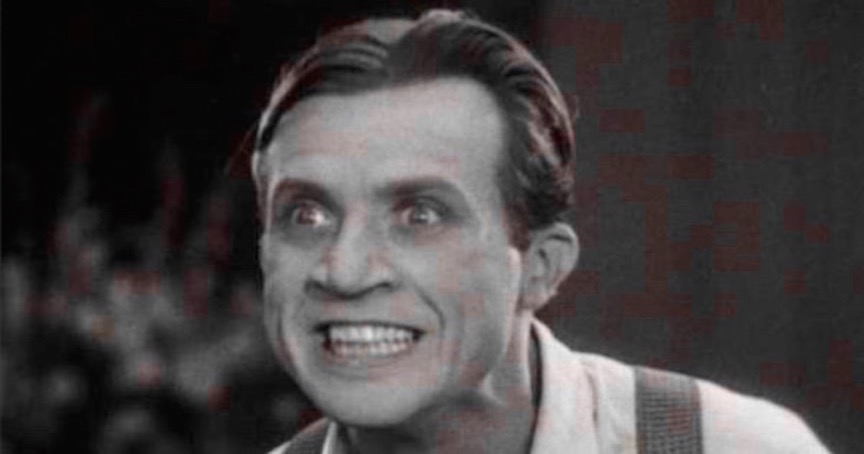A mysterious ship sails into a London port, seemingly without a crew. Authorities apprehensively board the vessel to find countless bloodless bodies. They approach a hold, hearing a demonic cackle, and up rises Renfield, the doomed, possessed slave of Count Dracula. This is one of the more unforgettable moments in the film career of actor Dwight Frye, a talented thespian who unfortunately became identified with playing half-wits, hunchbacks and angry villagers in many Universal films of the 30s and 40s.

There are certain character actors that just make me crazy. They pop up in movies and I am so unreasonably overjoyed to see them. Often, they are the only bright spot in the movie. There’s something about Dwight Frye’s theatrical intensity that delights me. Lately, every morning I look in the mirror I’m surprised not to find Dwight Frye’s maniacal face looking back at me.
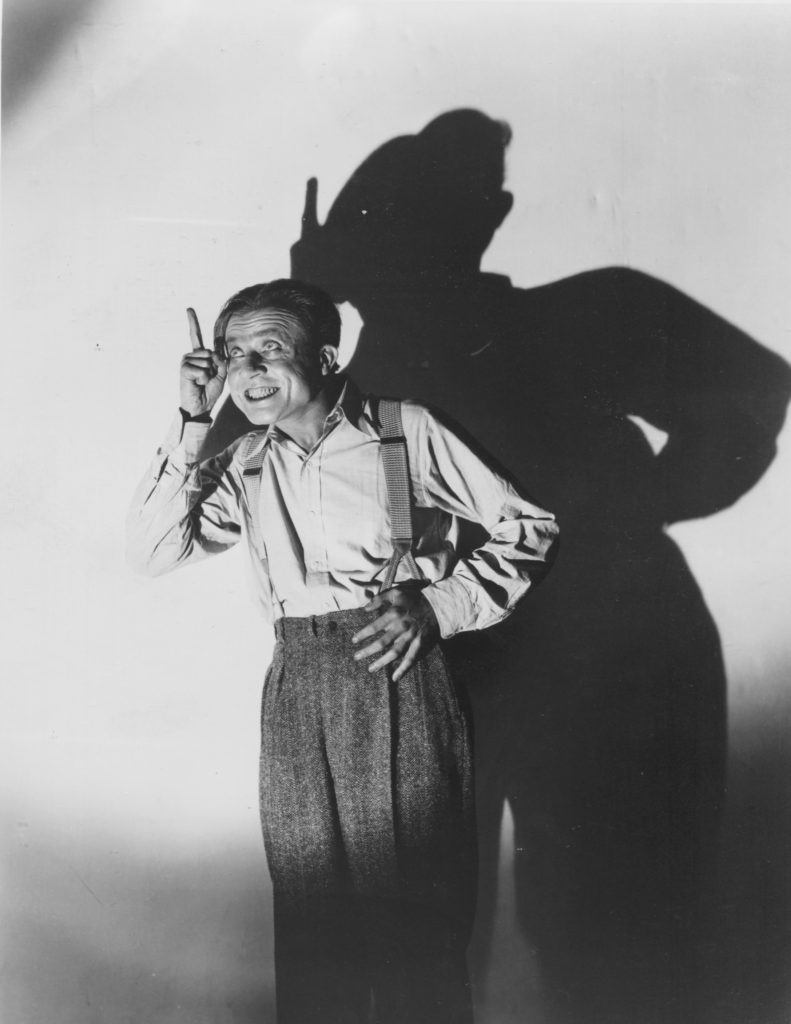
There is only one book you need to read about this unique talent. Dwight Frye’s Last Laugh, an authorized biography by Gregory William Mank, James T. Coughlin and Dwight D. Frye. It chronicled his birth in Salina, Kansas in 1899 (his mother was a Christian Scientist and Dwight remained a devout believer). The fact that he was a child prodigy at the piano, and preformed many recitals in Denver after their family moved to Colorado. But a school play- The Honeymoon– changed Dwight’s life forever. After that, Frye devoted his life to the stage, and after school spent years in stock theater companies roaming around the country until landing in New York. Within a short time Dwight was receiving rave reviews there. He even reconnected with the love of his life- actress Laura Mae Bullivant, who he had met earlier while touring, and they married in 1928. After the stock market crash, Dwight and Laura headed to Los Angeles to try to break into movies. Dwight made his sound movie debut in Warner Brothers’ The Doorway To Hell, a James Cagney film where Frye played a gangster exiting a pool hall with a machine gun in a violin case. Man To Man was also made for Warner Brothers, where he played a bank clerk who tearfully confesses to embezzlement. It came at a happy time in his life- his wife Laura was expecting a baby. But it was Universal Pictures who was putting together a movie version of the hit Broadway play Dracula that would alter Frye’s life and acting career forever (for better or worse).

Dracula (1931) Bela Lugosi signed to play the lead, which he triumphantly played on stage. Bernard Jukes, who played the role of Renfield on Broadway campaigned for the film role but thankfully it went to Dwight Frye, who had acted with Lugosi on stage in New York in another play. Frye plays the hapless real estate agent Renfield, who travels to Transylvania to get Count Dracula (Lugosi) to sign the final deed to a mansion in London. In no time he is bitten by the vampire Count and faithfully travels with him by boat to England and placed in a mental institution where he gleefully sucks the blood from spiders and flies. He is forever escaping his cell to make loony entrances in the film- when a maid faints he is chillingly seen crawling across the floor towards her with a fiendish glint in his eyes. It’s a bravura performance- gleefully over-the-top in just the right way. He makes a good foil for Lugosi’s ominous theatrical flourishes. After this film, Frye’s fate was sealed.

Frankenstein (1931) Dwight Frye’s inspired performance as Doctor Frankenstein’s (Colin Clive) crazed, hunchback servant is apparent from the first glimpse of him fiendishly smiling with the doctor in the churchyard as they are about to rob a freshly dug grave. I can’t say enough about his dancer-like movement in the film- scurrying up hangman’s gallows to cut down a corpse, creeping around a medical college in the dead of night to steal an “abnormal” brain, or just scurrying crablike around the laboratory doing the mad doctor’s bidding. He’s just astounding. And his facial expression- with his lips pulled back to reveal that demonic grin- it’s just haunting.
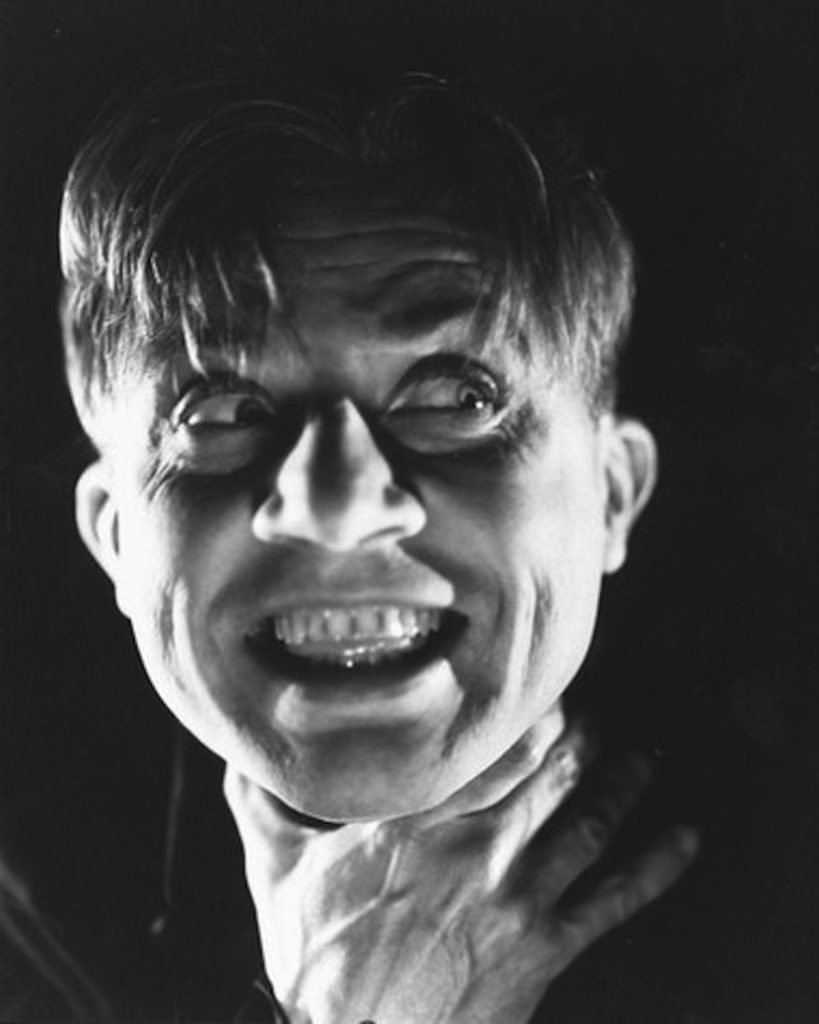
The Bride Of Frankenstein (1935) In director James Whale’s dark humored horror masterpiece, Frye has a field day as the murderous criminal Franz, who helps rob graves, retrieve “fresh” hearts, and assist Dr. Frankenstein (Colin Clive), and the hilariously effete, and nefarious, Dr. Pretorius (Ernest Thesiger), in creating the monster’s “Bride.” Franz, with his floppy hat and bad teeth, adds his own inimitable delirious gusto when he cries out, “The kites! The kites!” which are raised during the electrical storm to shock life into the creature. Supposedly Franz had a lot more villainous scenes that were shot but eventually cut by the studio before release.
All Dwight Frye’s scenes as an angry villager in Son Of Frankenstein (1939) ended up on the cutting room floor, but in The Ghost Of Frankenstein (1942) Dwight plays one of the more boisterous residents, suggesting to the city council that they, “Destroy the castle! Wipe the last traces of these accursed Frankensteins from our land!” “We’ll blow it up!” he encourages the other townspeople and they race with boxes of dynamite to the family castle, which only frees the monster (now played by Lon Chaney Jr.) which was trapped in a sulfur pit in the last film.
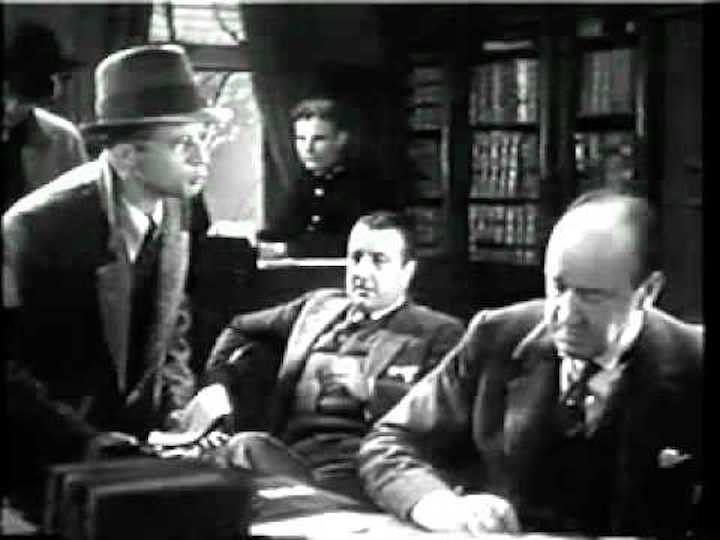
The Invisible Man (1933). Another James Whale gem. Whale used Dwight Frye religiously, almost as much as Una O’Connor. Here Dwight plays an eager reporter who suggests a way to catch the Invisible Man (Claude Rains): “Why not put wet tar on all the roads then chase the black soles of his feet?”
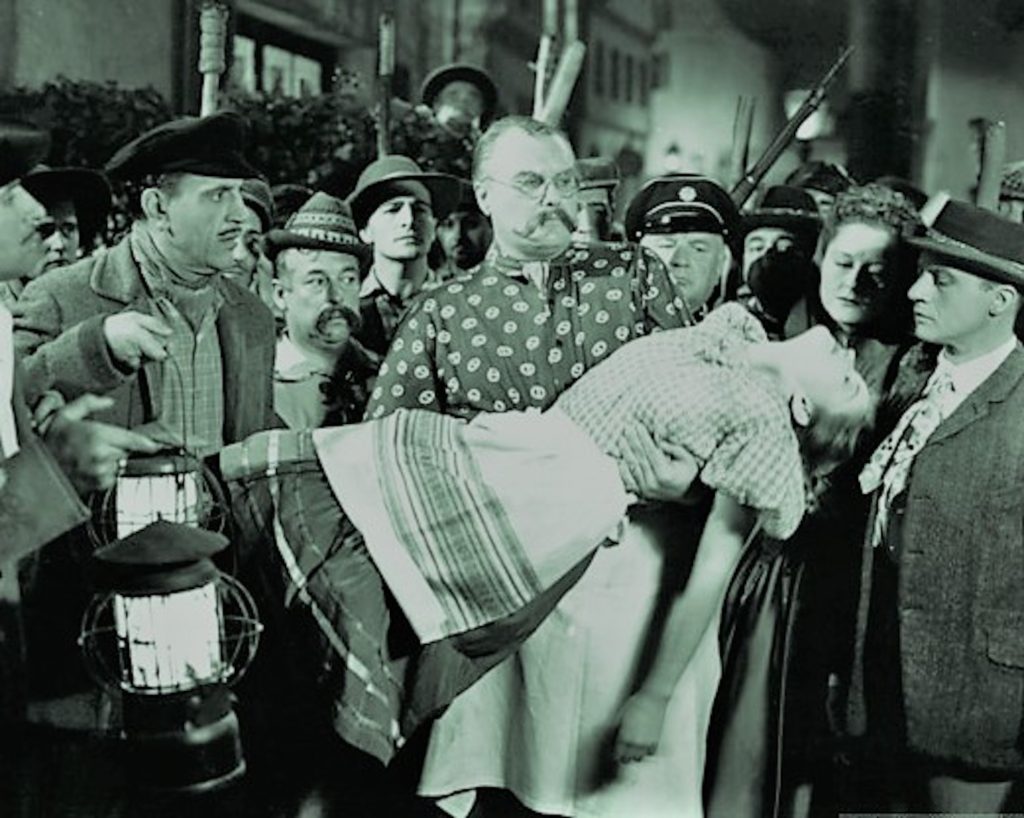
In Frankenstein Meets The Wolf Man (1943) Dwight Frye appears in Tyrolean garb during a mob procession in Vasaria. The crowd is carrying the mutilated body of a young bar maid. Other villagers wonder if the Frankenstein monster is murderously back. An officer says this girl was bitten by an animal, to which Dwight replies, “What animals are around here that can kill people?” At that moment, a wolf howls in the distance.
I spent a lot of time during my pandemic staycation hunting down rare roles Dwight Frye played on screen that now can be found on YouTube in their blurry entirety.
Drums Of Fu Manchu (1940) A Republic 15-episode series about the dastardly Asian villain Fu Manchu, created by Sax Rohmer. Frye has a thankless role as Professor Anderson, working at a museum who gets in a big fight with some of Fu Manchu’s henchman.
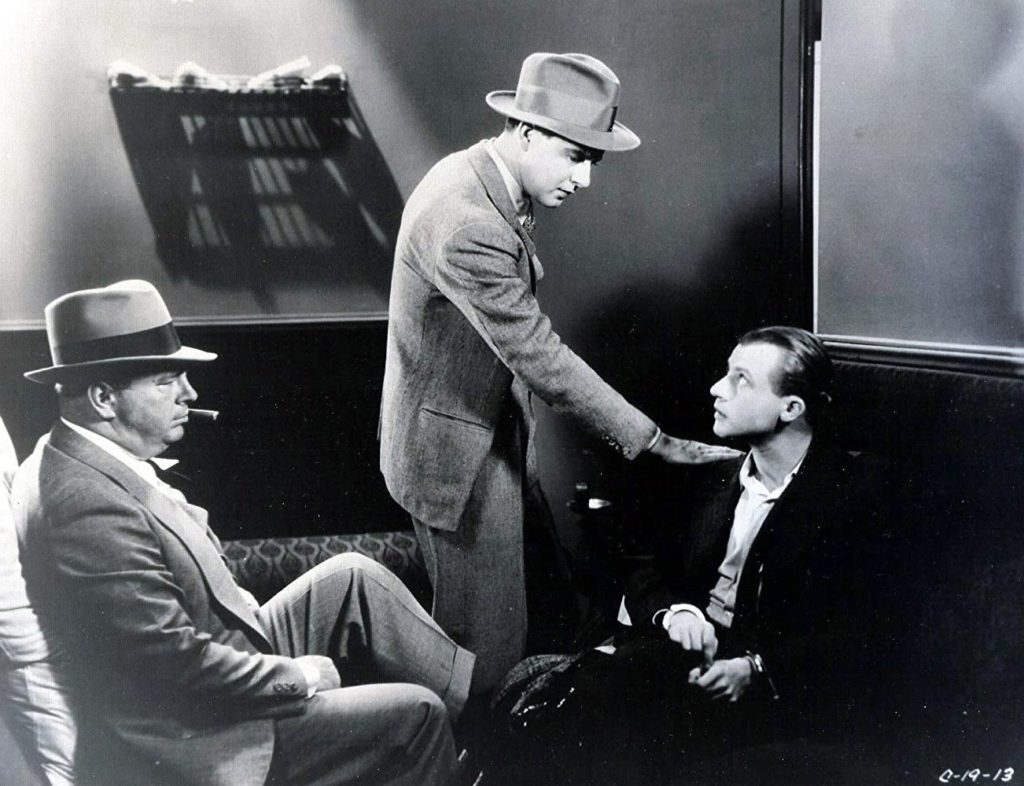
By Whose Hand? (1932) A man is carrying a valuable bracelet on a train to San Francisco and is murdered. Frye plays Chick Lewis, a prisoner and witness being escorted by cops on the train. He squealed on a killer who has just escaped and is secretly aboard. Frye escapes and hides out on the train only to get stabbed by the murderer.

The Circus Queen Murder (1933). “There’s balm in Gilead,” says Adolphe Menjou as Manhattan Police Commissioner Thatcher Colt, on vacation in Gilead, NY, with his secretary, who excels at lip-reading. They get embroiled in a mystery at a circus. Dwight has one of his juiciest roles as Flandrin, “King Of The Air,” a dangerous madman whose wife Josie La Tour (Greta Nissen), the trapeze artist and star attraction, is two-timing him. When Flandrin goes missing, the big question is whether he was fed to the lions or hiding out (in makeup) among the cannibals and clowns in the troupe plotting revenge at a fateful Friday the 13th performance.
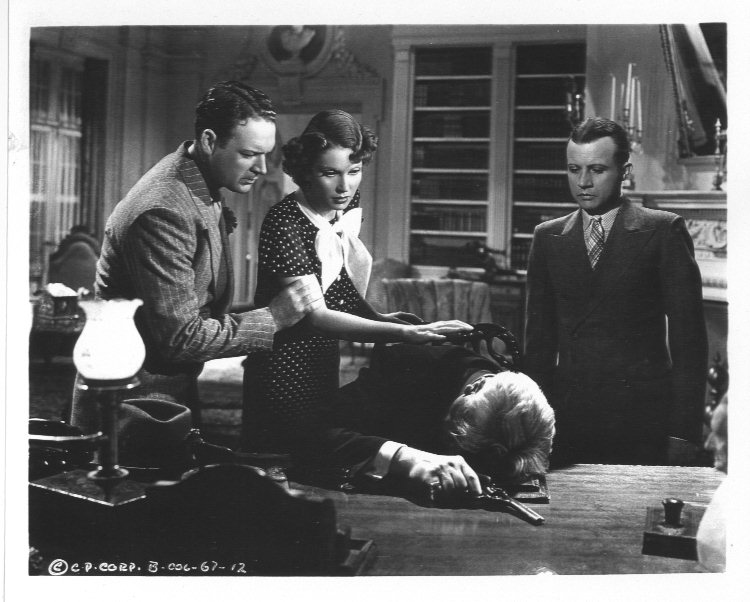
Alibi For Murder (1936) Perry Travis (William Gargan) is a brash radio reporter who shows up at the Long Island mansion of a noted scientist just as a shot rings out. The great man is found dead but the police call it a suicide, while Travis remains unconvinced. Dwight plays McBride, the scientist’s nervous assistant who was the first in the room after the shot. At one point during the film, Frye gives an impassioned pacifistic speech about the evils of profiting from creating instruments of war.
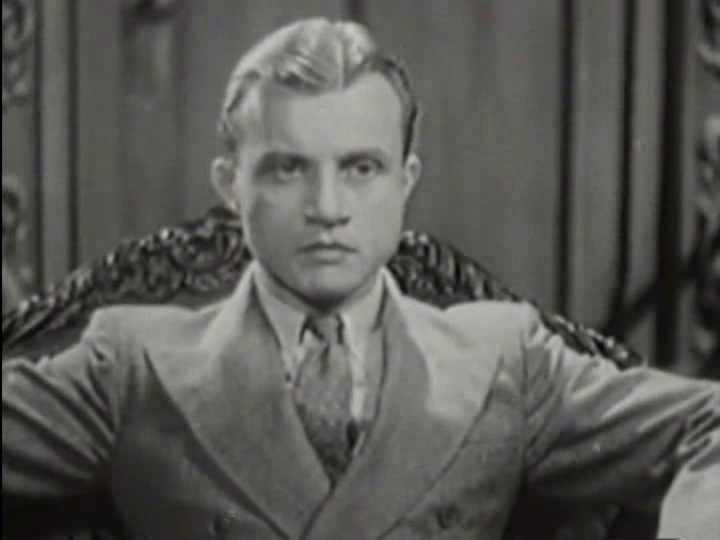
A Strange Adventure (aka Wayne Murder Case) (1932) “A pack of wolves circling around a dying man,” is how elderly wealthy Silas Wayne refers to his relatives. This is one of those spooky mansion/greedy-in-laws murder mysteries with Dwight Frye as sniveling cousin Robert Wayne. Could he be the hooded, caped figure stalking the halls of the mansion at night?

Atlantic Adventure (1935) Lloyd Nolan plays a reporter desperate for a scoop to save his job at the paper, who, with his reluctant girlfriend (Nancy Carroll) and photographer (Harry Langdon) get aboard a ship leaving for North Hampton and get embroiled with jewel thieves and murder. Dwight Frye plays Spike, who comes onto the ship with his wheelchair-bound elderly father (who is really a wanted killer in disguise).

Fast Company (1938) Dwight (with oval glasses) plays a treacherous forger- Sidney Z. Wheeler, part of a team dealing with stolen first edition books. In the breezy mystery comedy, Melvyn Douglas stars as a book dealer who assist the police and trades The Thin Man-like banter with his secretary/wife (Florence Rice). Poor Sidney comes to a bad end on a deserted road at the hands of one of his gun-wielding accomplices.

Who Killed Gail Preston? (1938) A young Rita Hayworth plays the nightclub singer Gail Preston, headlining at an outrageous jail-themed nightclub The Swing Swing Club. Back stage she double-crosses; threatens; has people fired; she even pulls a gun on her maid. But while singing her big number, “Twelve O’Clock And All Is Not Well,” it’s Dwight Frye, as a mysterious, well-dressed, man in the wings that shoots her dead with a pistol. When the police swarm the club, Dwight makes a break for it, is chased up the fire escape while screaming out, “I killed Gail Preston…and you ain’t going to take me alive!” before swan-diving off the roof. But why? And who was he? (I’ll give you a hint- he was Gail Preston’s alcoholic husband Owen, but the bullet from his gun doesn’t match the slug found in Gail’s body).
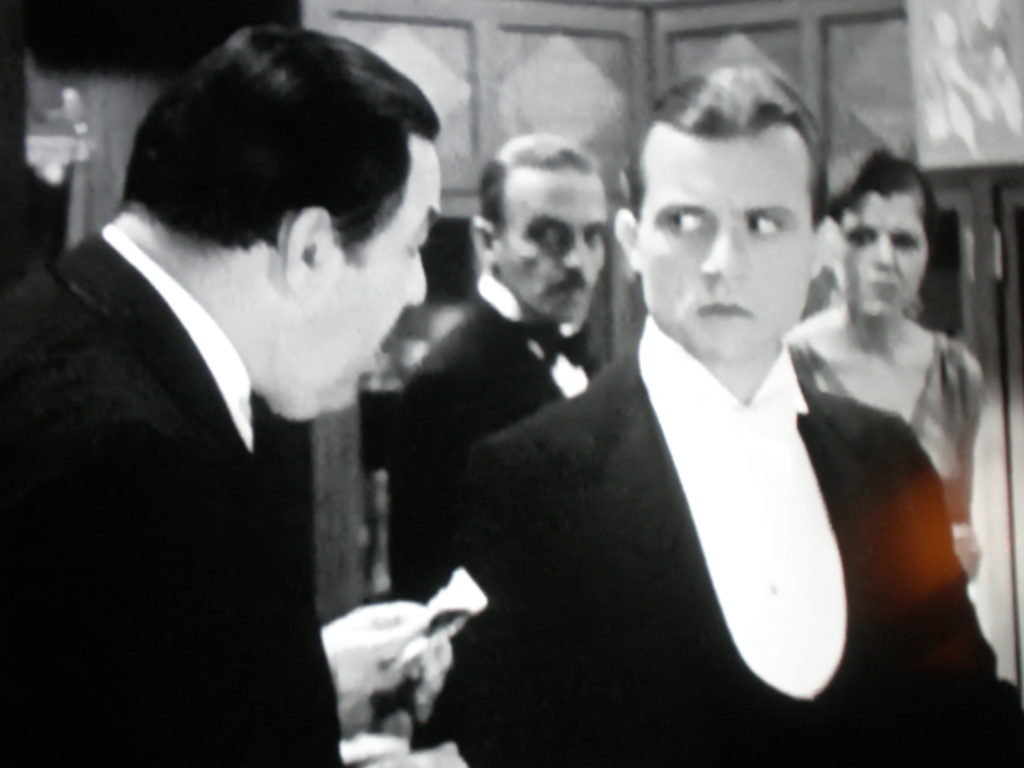
Dwight Frye doesn’t even get a credit in the Charlie Chan movie The Black Camel (1931) which reunited him with Dracula star Bela Lugosi, who played a shady mystic. Dwight plays a servant named Jessup, who not only has dialogue in the film but plays a big part in the mystery reveal at the end.

The Maltese Falcon (1931) This was the earlier version of the Humphry Bogart smash hit, with Ricardo Cortez playing the Sam Spade role, immersed in a mysterious and murderous search for a priceless black statuette called The Maltese Falcon. This being a pre-Code movie, it’s a lot racier, and the hint of homosexuality between the villainous “fat man” and his “gunsel”- Wilmer (Dwight Frye) is more overt.
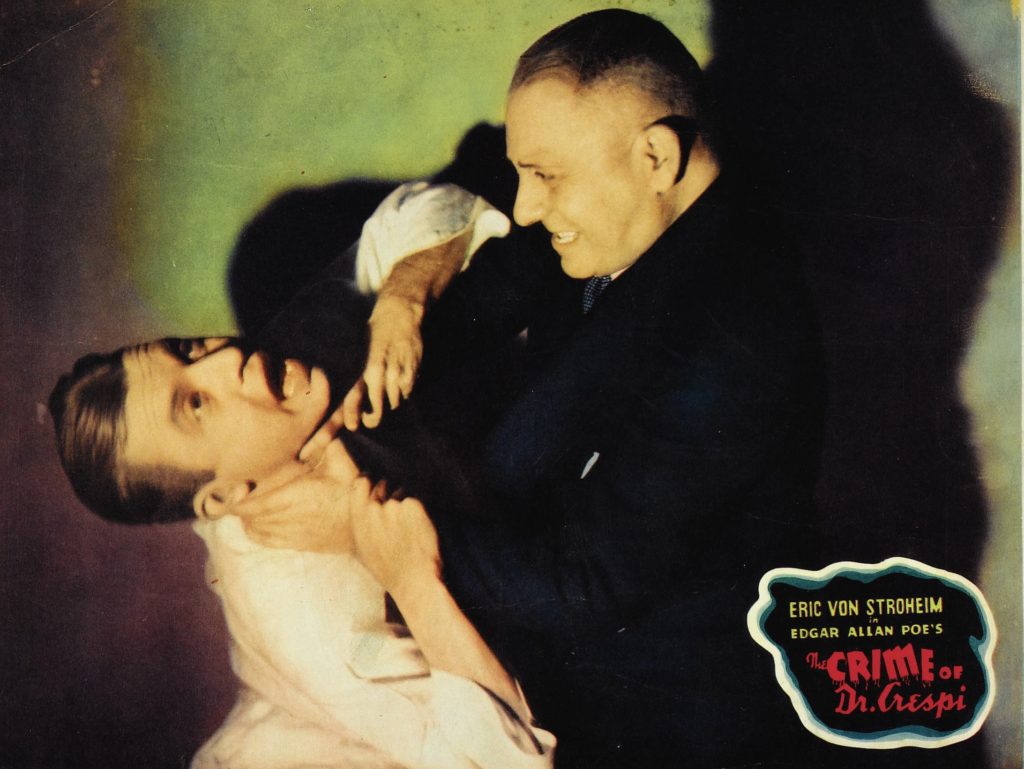
The Crime Of Doctor Crespi (1933) This weird little thriller stars Erich von Stroheim as a psychotic surgeon who operates on the man who married the love of his life, and gives his patient a drug that will make him seem dead, only to awaken buried alive in his coffin days later. This is one of the rare times Dwight Frye got to play a hero- he plays an orderly who puts his own life at risk to stop the nefarious doctor. There’s even a hint of romance for his character.
There are two non-Universal horror movies in his career that really stand out:

The Vampire Bat (1933) Melvyn Douglas, Lionel Atwill and Fay Wray star in this fun chiller about a series of vampire-like attacks in a small town. But everyone is convinced the culprit is the town halfwit- Herman, (Dwight Frye) who collects bats and keeps them in his garret apartment as friends. “Bats…They’re soft…like cat!…They not bite Herman!” Frye is wonderfully whacko in this one.
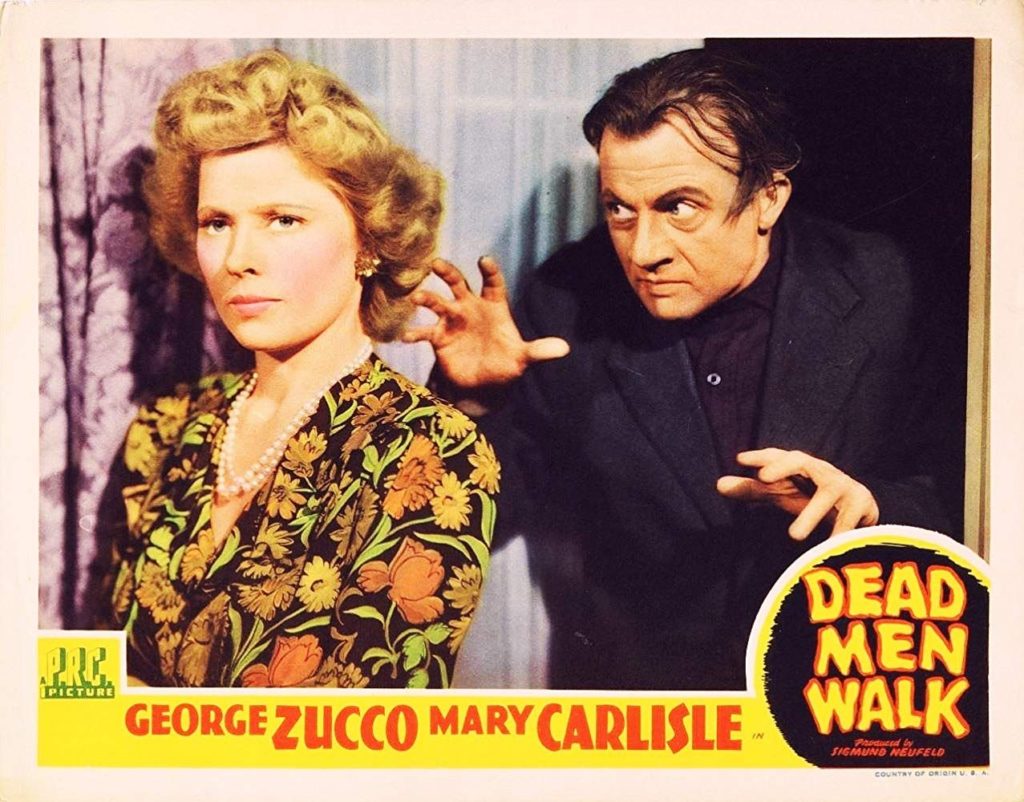
Dead Men Walk (1943) In this poverty-row shocker, George Zucco plays a dual role as twins- one, a kindly small town physician named Lloyd Clayton, the other, a devil-worshiping fiend named Elwyn. When Elwyn dies, the good doctor enters his brother’s home and throws all the satanic books and evil papers in the fireplace and sets them ablaze. Out of nowhere appears an angry Dwight Frye, playing Zolarr, another hunchbacked loon (who was devoted to the occult-worshiping Elwyn, soon to rise from the grave). Frye yells fiendishly at Lloyd, “You’ll pray for death long before you die!”
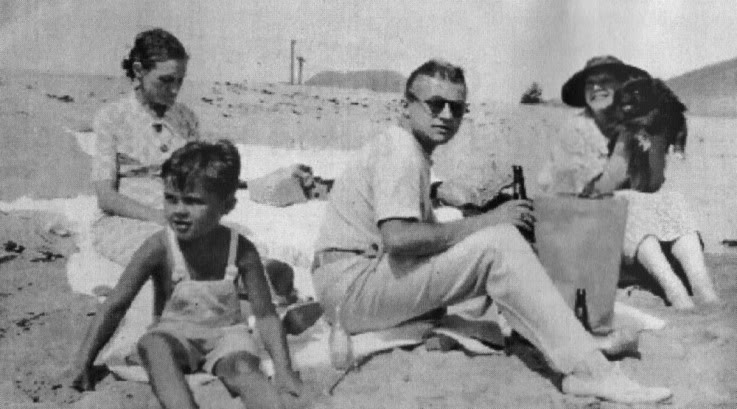
I’m sure it was frustrating for Frye to be pigeonholed when it came to casting. Whereas on stage in New York he delighted in playing all sorts of roles from comedy to drama. Dwight finally landed a serious dramatic role in Wilson– a 20th Century Fox film about the life of President Woodrow Wilson. He was a ringer for U.S. Secretary of War- Newton Baker, another reason he landed the role. Sadly, he never got to make that film. Dwight took the family to the movies to see Sherlock Holmes Faces Death, and after the movie he collapsed on the bus. It was coronary thrombosis, and it ended his life. His son Dwight Jr. recalled the funeral, “It was an open casket. I remember my mother had asked that he be dressed in a suit he had bought just recently, which was a kind of gray and white herring-bone tweed…..I remember leaning over the casket, touching his face and kissing him.”
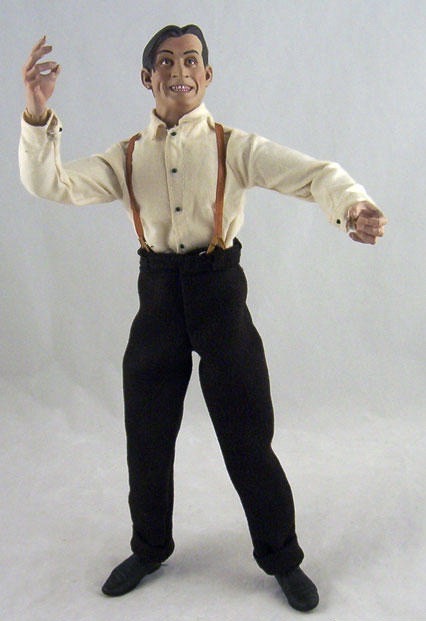
Through the years, Dwight Frye has enjoyed a huge cult fandom. His son has been seen at horror conventions signing hundreds of autographs for his legendary father. I even play Alice Cooper’s The Ballad Of Dwight Fry from time to time (Cooper dropped the “e” to avoid any lawsuits). And just recently I see that he has been made into an action doll- a 12 inch Renfield figure that made me insane when I saw it. It just cost too much for my meager allowance, but the image of it sitting on my desk haunts my nights. Much like the way Dwight Frye’s face creepily rising out of the hold of the ship in Dracula burned into my brain when I first saw it, and always will.
